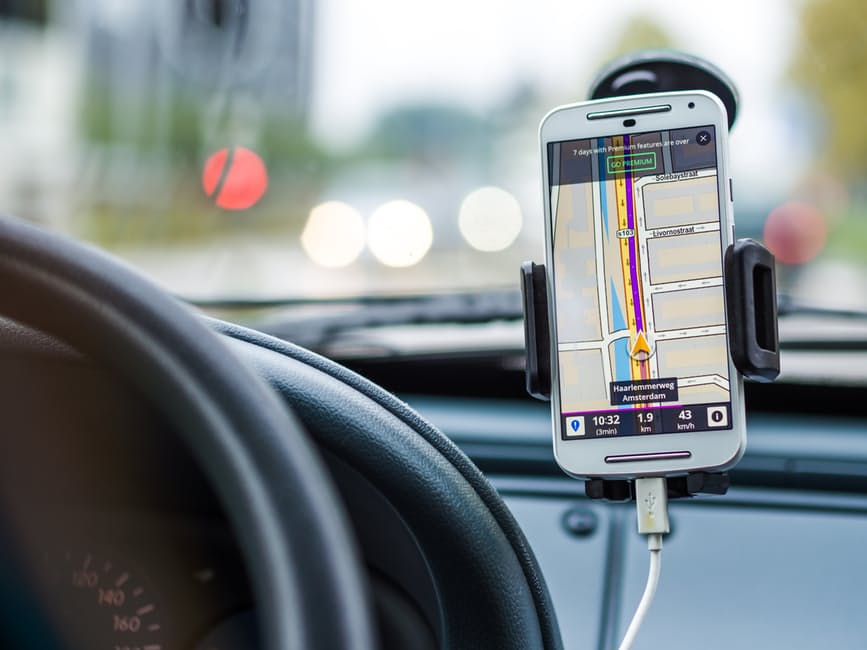Getting your first car is hugely exciting. The stress of driving lessons is behind you and you no longer have to ask your parents if you can borrow theirs! Finally, you have the freedom to get out there on the open road whenever you want to. Once you have sorted out a vehicle that suits your budget and organised your motor insurance, you can head out. Or can you? Before you set off on your first trip there are some essential items of kit that you need to get for your new car.
Navigation equipment
There is no point in heading out onto the road if you don’t have a clear idea of where you are going. Most smartphones have integral satellite navigation functions these days so this should not be a big problem. For safety reasons, it is important that you type in your location before you leave and don’t try to do it as you are driving. It is also useful to have a magnetic holder so that you can fix your smartphone to the dashboard where you can see it easily without taking your eyes off the road.
However, mobile phones to not always work. You may run out of battery or you may head into a location where the mobile phone signal or GPS signal is weak. Therefore, it is always a good idea to have a ‘hard copy’ and pop a paper version of a road atlas in the car in case of emergencies.
Basic car maintenance equipment
One of the most common reasons for a car failing to start is a flat battery. Older batteries are more likely to lose their charge but it can happen to any car if you leave the lights on for a prolonged period.
This typically happens when you are in a hurry and don’t have the time to deal with it! You don’t have to wait for your home start service or a local garage to get to you to help out. You can jump start your car yourself using cables that you attach to another car. The problem with this is that you need another car! A better option is to invest in a jump starter of your own and keep it in the car for emergencies. You can check out jump starter reviews and quickly get the pros and cons of each model. The review will give you the dimensions of the model, the size of engine that it can start and any additional features that it has. The review information will help you to make a decision about which starter is right for your needs.
The best place to keep your car manual is in the car itself. If you keep it in your house it will inevitably get lost. It contains important information on service schedules, tyre pressure and safety information that you need regularly. You will need an accurate tyre pressure gauge so that you can check the air pressure in your tyres regularly. Tyres that are not inflated to the correct pressure are a safety hazard.
Emergency equipment in the case of an accident
Hopefully, you will not be involved in a car accident but it best to be prepared just in case. Accidents are not always caused by you, you could be the victim of someone else’s carelessness or lack of concentration. It is always useful to have a first aid kit in case of a minor injury. A warning triangle will help you to divert traffic around your vehicle if you break down. This is very useful for preventing further accidents.
If you have broken down or have been involved in an accident and you need to leave your vehicle it is important that you are seen. For this reason, a torch and high visibility clothing are very useful. Neither take up a lot of room and can fit easily in the glove compartment.
A car fire extinguisher is another piece of vital safety kit. These are specifically designed for car fires and for areas with limited storage. They are effective against petrol and gas fires. Some people also choose to have a seat belt cutter and a window breaker in their glove box in case of an emergency evacuation of the vehicle.
The whole point of car safety equipment is that you know where it is if you need it so make sure that you have a quick check on it every month or so.







